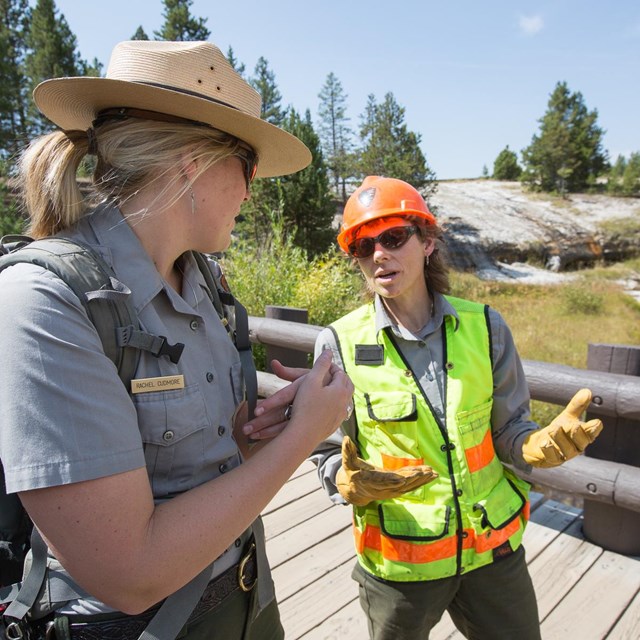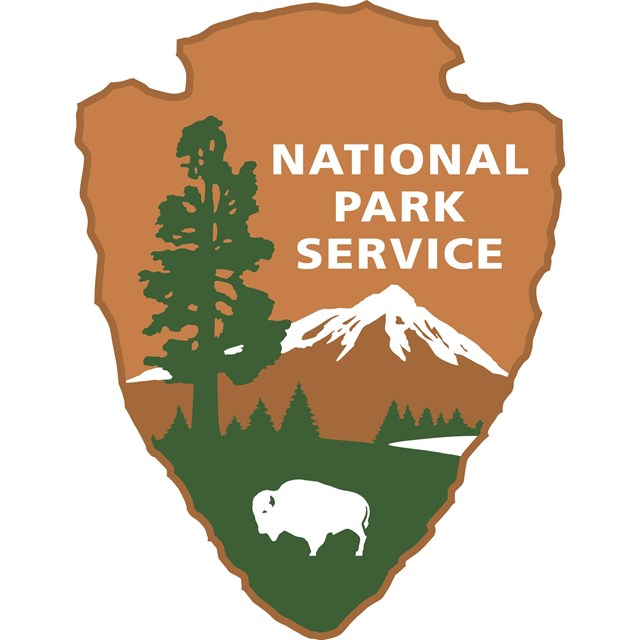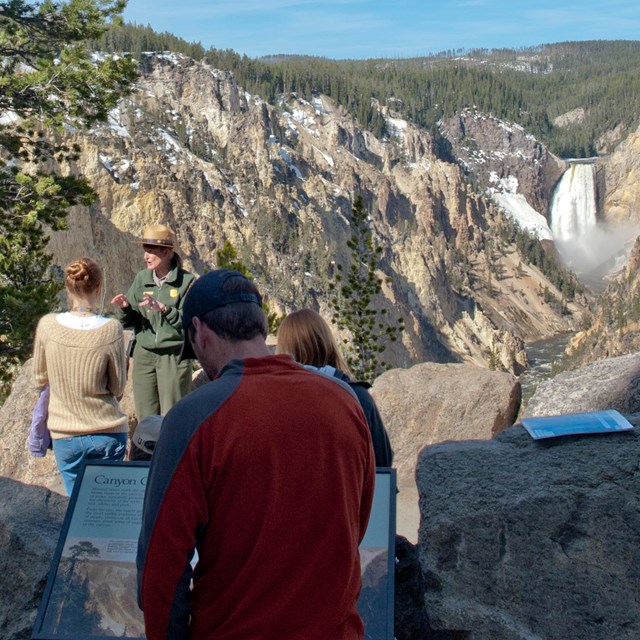The Antiquities Act (1906)
Provides for the protection of historic, prehistoric, and scientific features and artifacts from federal lands.
The Historic Sites Act (1935)
Sets a national policy to “preserve for future public use historic sites, buildings, and objects.”
The National Historic Preservation Act (1966)
Requires that federal agencies take into account effects of their undertakings on historic properties. Authorizes the creation of the National Register of Historic Places and gives extra protection to National Historic Landmarks and properties in the National Register. National parks established for their historic value automatically are registered; others, such as Yellowstone, must nominate landmarks and properties to the register.
The Archeological and Historic Preservation Act (1974)
Provides for the preservation of significant scientific, historic, and archeological material and data that might be lost or destroyed by federally sponsored projects. For example, federal highway projects in Yellowstone include archeological surveys.
The Archeological Resources Protection Act (1979)
Provides for the preservation and custody of excavated materials, records, and data.
The Native American Graves Protection and Repatriation Act (1990)
Assigns ownership or control of Native American human remains, funerary objects, and sacred objects of cultural patrimony to culturally affiliated Native American groups.
American Indian Religious Freedom Act (AIRFA)
Protects and preserves American Indian access to sites, use and possession of sacred objects, and the freedom to worship through ceremonial and traditional rites.
Executive Order 13007
Guarantees access to and ceremonial use of Indian sacred sites by Indian religious practitioners to ensure that these sites are not adversely affected.



